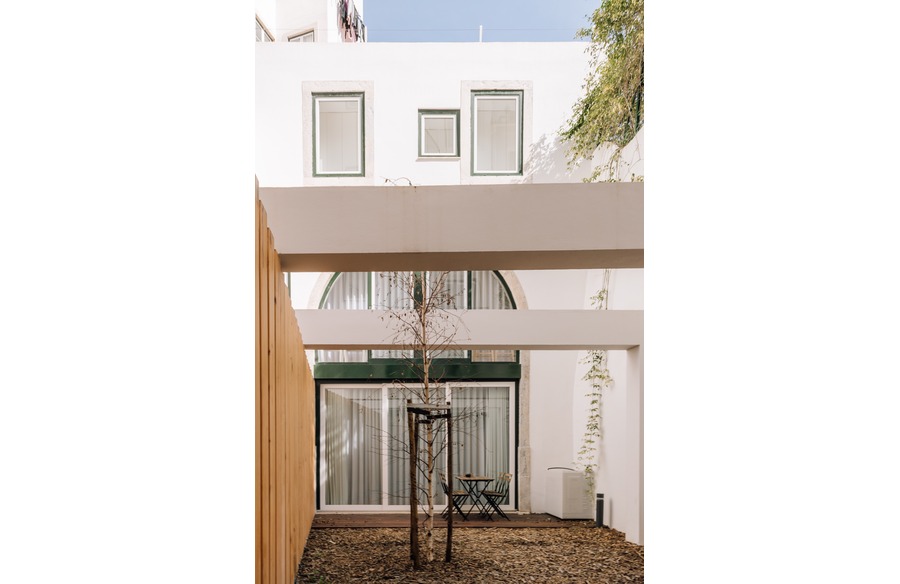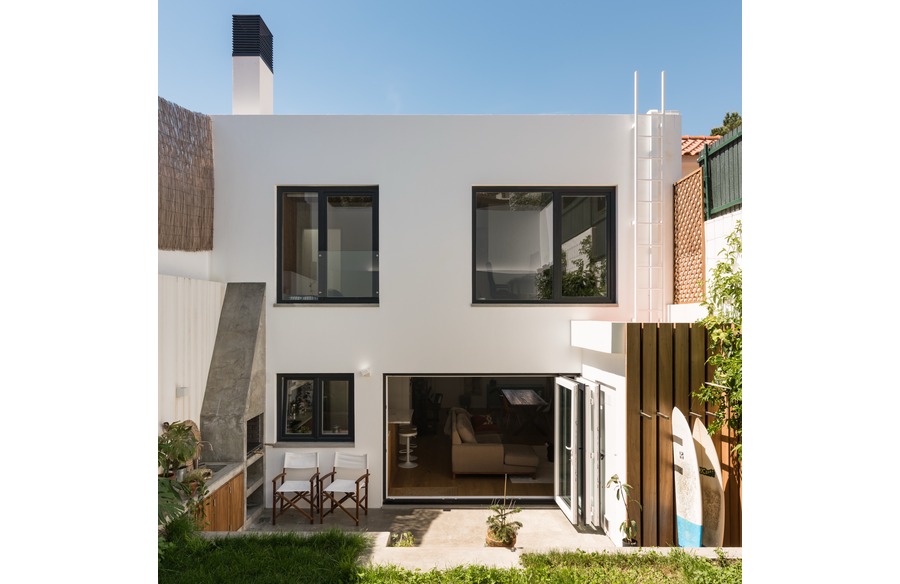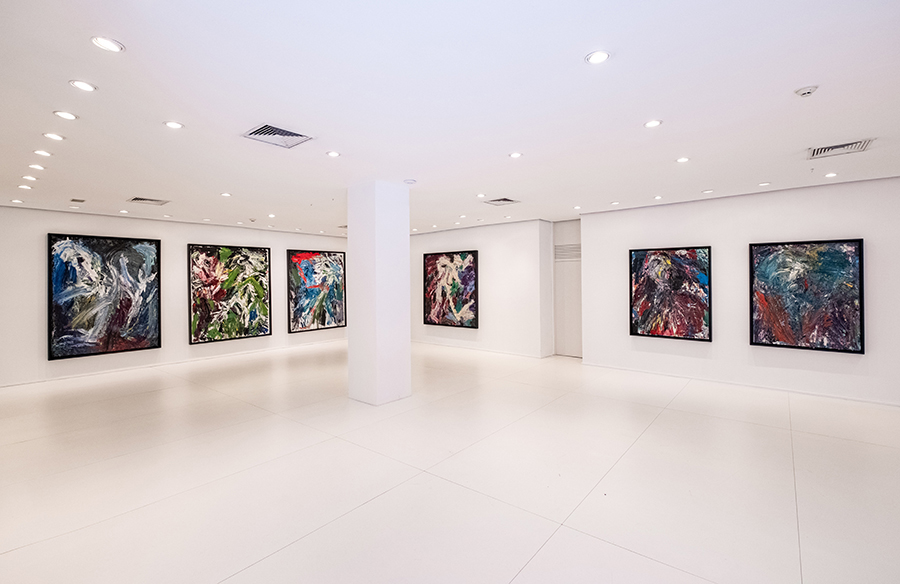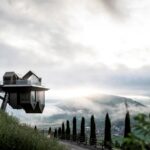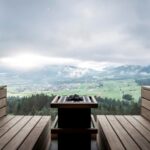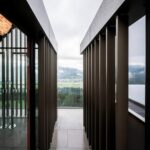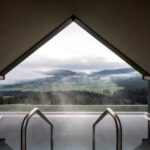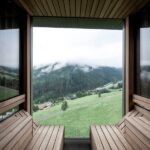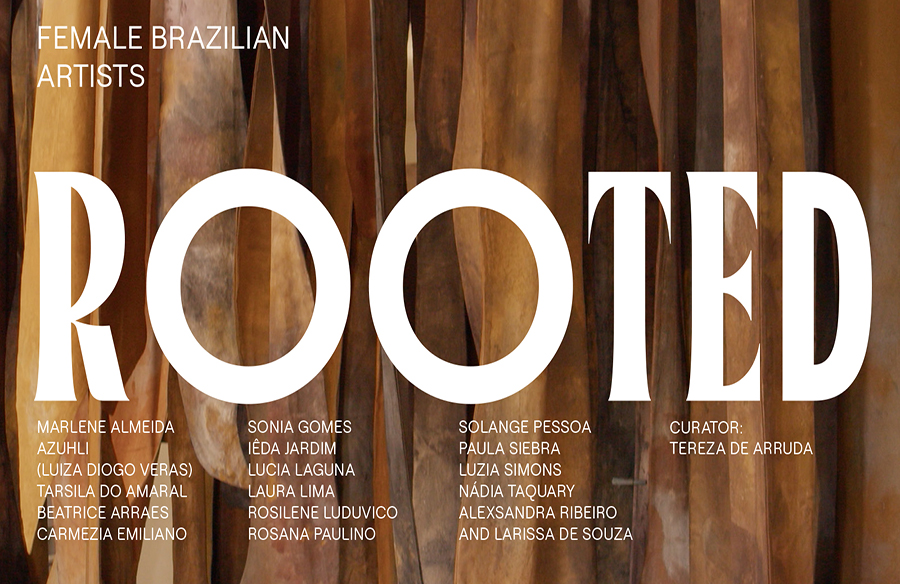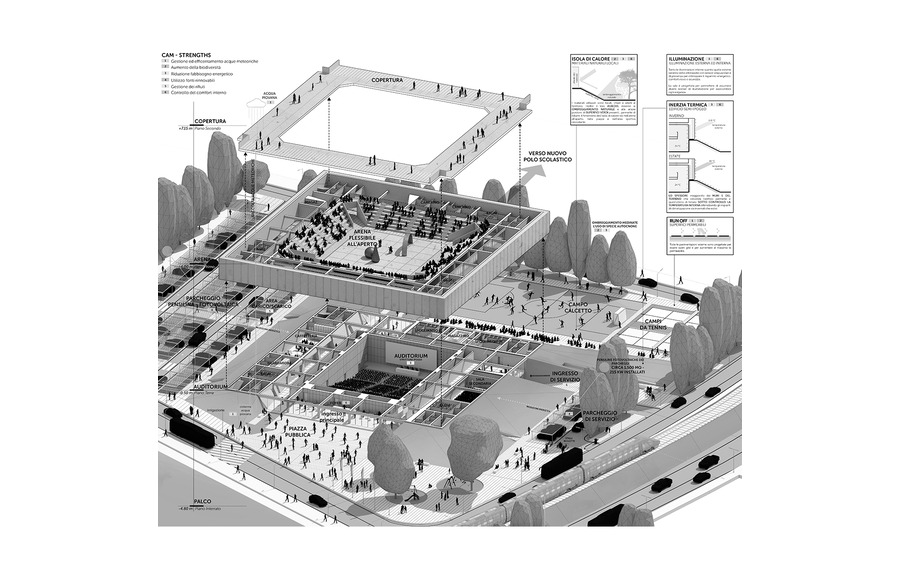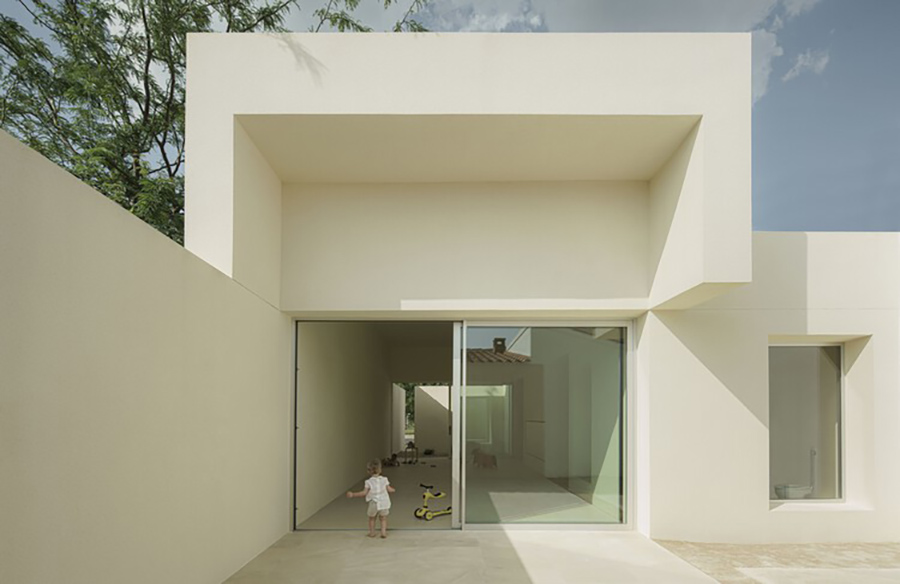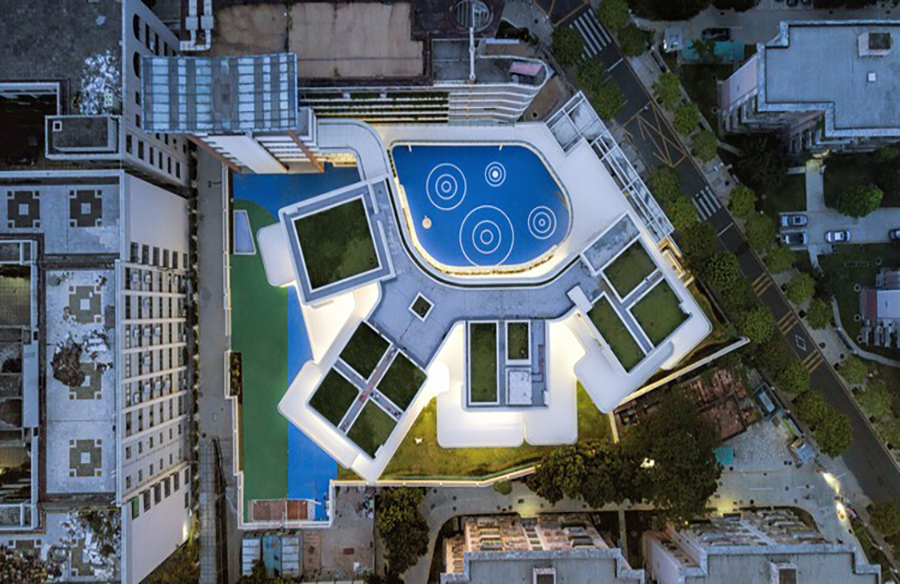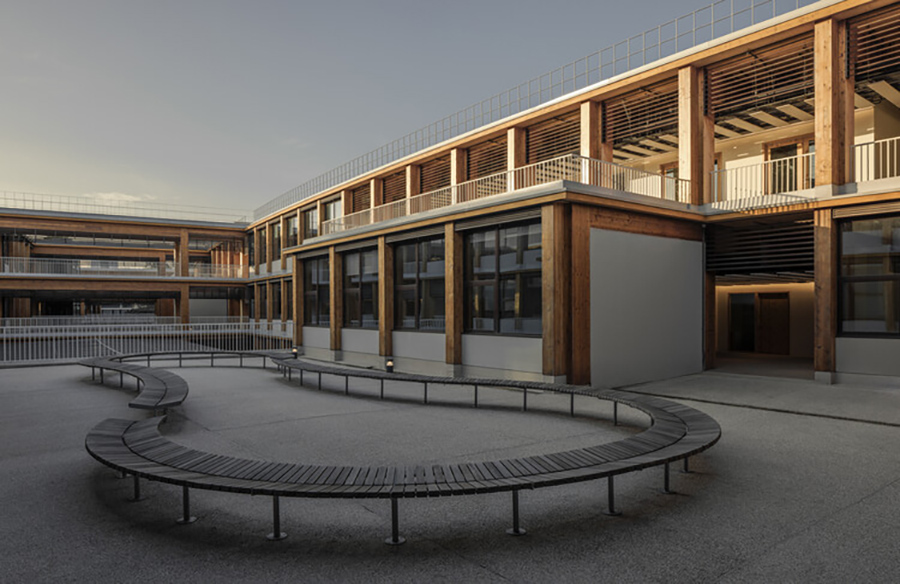Crafting Wellness: The Spa in Olang, Italy

Introduction
In 2022, noa* network of architecture embarked on a captivating endeavor to expand the wellness offerings of the Hubertus Hotel in Olang, Italy. The project, nestled amidst the picturesque landscape of the Dolomites, aimed to create a sanctuary for rejuvenation and relaxation, seamlessly integrating with the natural surroundings.
Drawing Inspiration
Building upon the success of the cantilevered swimming pool designed by noa* in 2016, the architects envisioned an extension dedicated to well-being. Inspired by the reflection of the landscape in the pool’s waters, the design concept emerged: to translate the ephemeral beauty mirrored on the surface into tangible architectural elements.
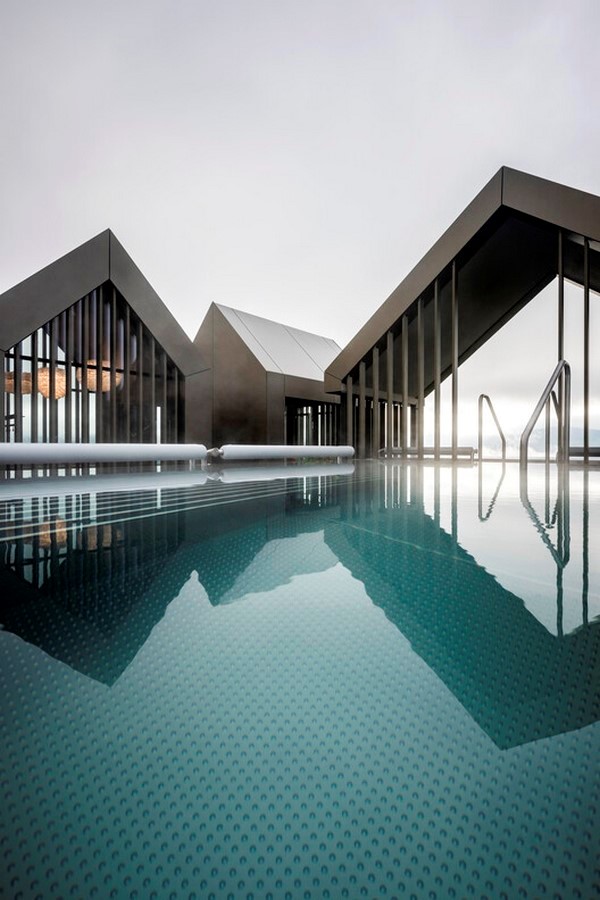
Architectural Marvel
The new structure, situated adjacent to the existing swimming pool, embodies a sense of weightlessness, hovering 15 meters above the ground on slender pillars clad in larch logs. Accessed via a suspended walkway, the well-being area comprises individual microstructures with inverted pitched roofs, offering panoramic views of the surrounding vistas.
Functional Harmony
The spa’s two levels cater to different aspects of relaxation and rejuvenation. The upper floor features whirlpool baths, panoramic showers, and changing rooms, while the lower level houses saunas, showers, and an outdoor pool. The inverted roofs serve both aesthetic and practical purposes, evoking the charm of mountain villages while housing essential utilities.
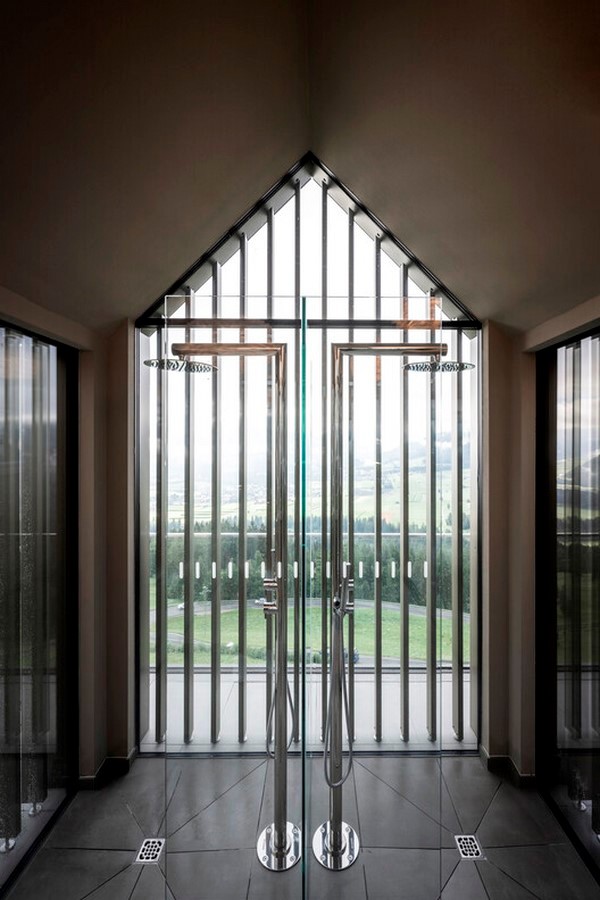
Aesthetic Integration
Echoing the natural hues of the mountain landscape, the spa’s exterior is clad in aluminum panels in earthy tones, harmonizing with the surrounding environment. Inside, light beige ceramics and oiled white oak flooring exude warmth and tranquility, creating a serene ambiance conducive to wellness activities.
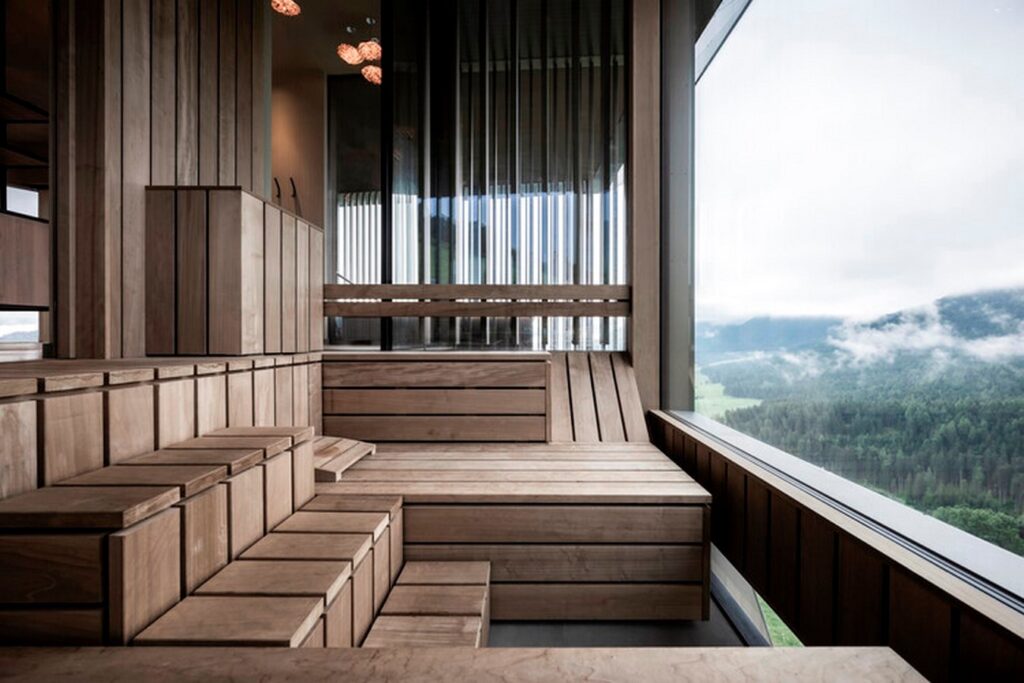
Architectural Innovation
With the Spa in Olang, noa* has once again demonstrated its prowess in architectural innovation. The platform’s 20-meter overhang defies conventional notions of gravity, creating a floating oasis that blurs the boundaries between heaven and earth. Through meticulous design and thoughtful integration, the spa stands as a testament to the symbiotic relationship between architecture and nature.
Conclusion
The Spa in Olang represents more than just a wellness facility; it embodies a harmonious union of architecture, nature, and well-being. As visitors immerse themselves in its tranquil ambiance and breathtaking surroundings, they embark on a journey of relaxation and rejuvenation, transcending the ordinary and embracing the extraordinary.

